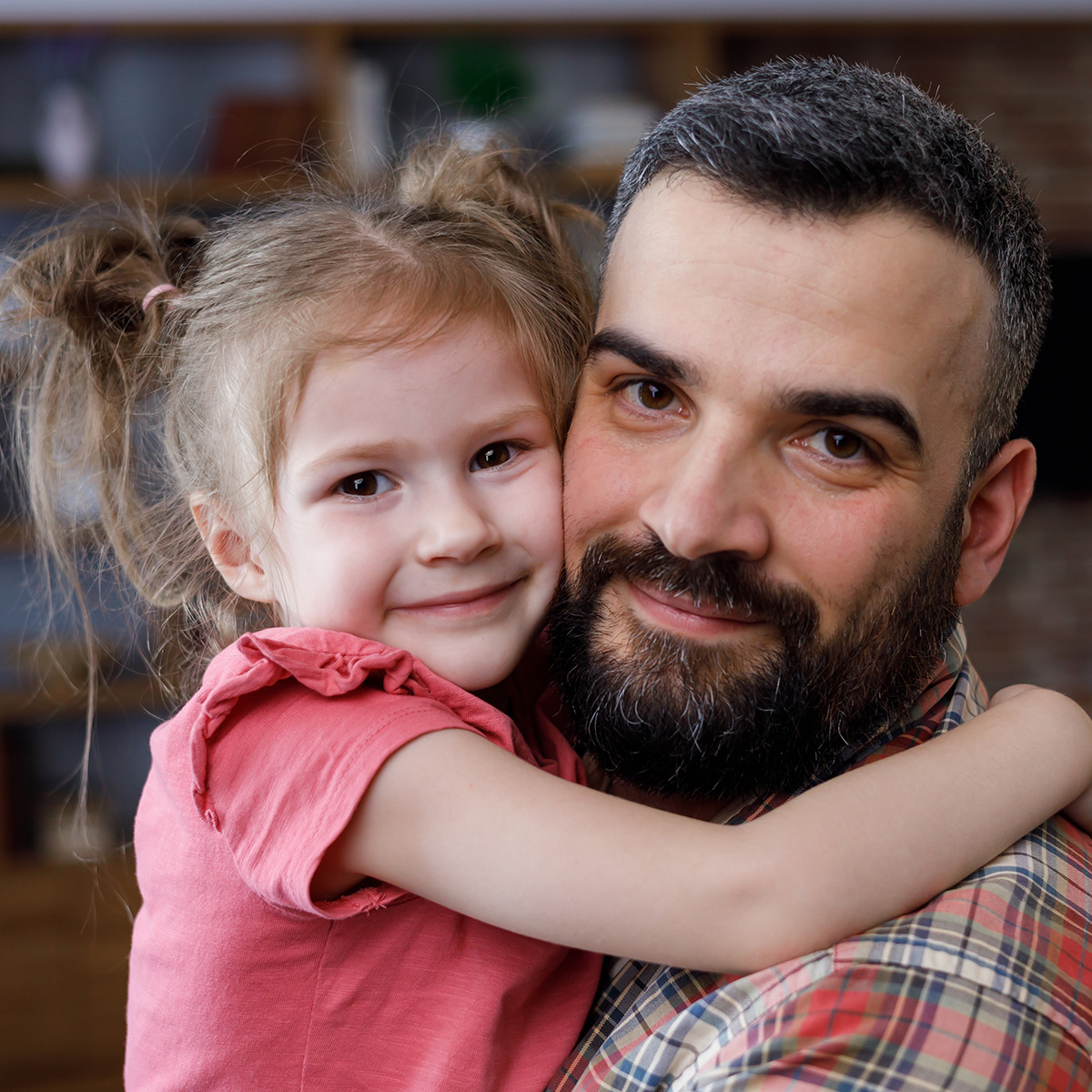Athlete’s Foot

Athlete’s foot (tinea pedis) is a fungal infection that affects the skin of the feet. It may be caused by several different fungi and usually begins between the toes, causing itching, flaking, and redness. “Athlete’s foot” is common among people who wear tight-fitting shoes while sweating. It is easily transmitted in damp locker rooms, where athletes tend to walk barefoot.
What is Athlete’s Foot?
Athlete’s foot is characterized by a scaly red rash. It can be quite itchy, especially immediately after you take off your shoes and socks. One form of athlete’s foot, called “moccasin,” can be mistaken for eczema, as it extends up the sides of the affected foot. Skin becomes dry and scaly. Athlete’s foot is caused by the same fungus that causes jock itch and ringworm; the only difference is the affected skin area.
Men are at higher risk for developing athlete’s foot, especially if they wear tight-fitting, sweaty shoes and socks for extended periods. Sharing bed linens and/or shoes with an affected person increases the risk, as does walking barefoot in locker rooms, public showers, or saunas. Note that you can cross-infect yourself by touching other areas of the body (e.g. the groin) after scratching the affected foot. Even a towel used to dry the feet can transmit the fungus to other parts of the body.
When is Athlete’s Foot Especially Serious?
People who suffer from poor circulation in the feet due to type 2 diabetes or lymphedema should take any infection seriously. People with compromised immune systems must also take these minor infections seriously, as they may quickly become severe.
How is Athlete’s Foot Treated?
Over-the-counter anti-fungal creams are typically sufficient to treat athlete’s foot among healthy people. As noted above, people with health conditions such as type 2 diabetes may require more potent topical or oral anti-fungal medications prescribed by a doctor. Treatment also involves keeping the feet dry as much as possible.
Is Athlete’s Foot Contagious?
In a word: Yes. Avoid sharing shoes, socks, or even towels with affected individuals. Launder affected clothing, bedding, or towels in extra hot water (at least 140 degrees F). Consider drying clothing outside in full sunshine. Ultraviolet radiation from the sun kills fungi capable of causing athlete’s foot.
- Avoid reinfection by keeping feet dry as much as possible.
- Go barefoot.
- Expose your feet to sunshine (but don’t get sunburned!).
- Change your socks regularly and consider laundering in hot water — or discarding — affected shoes.
- Wear sandals in public places like swimming pools or locker rooms.
When to Visit PhysicianOne Urgent Care for Athlete's Foot
If you or a loved one is experiencing itchy, scaly feet or toes, PhysicianOne Urgent Care is open 7 days/week with extended hours to help. While over-the-counter treatments may work for athlete’s foot, it is important to have any persistent or painful skin irritation, like athlete’s foot, evaluated to rule out more serious conditions. Our experienced team will assess your symptoms and recommend the best treatment options. Contact us at 1.855.349.2828, or stop in today for a convenient walk-in visit. If you’re looking to save time, find a location near you and check in online!





